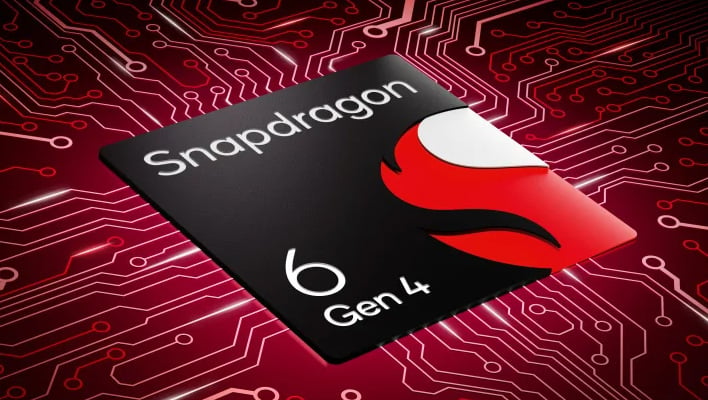
There’s been a notable shift in processor development towards on-device AI capabilities, both on the desktop PC side and in mobile, which not only includes laptops and 2-in-1 devices, but also smartphones. And it’s not just for flagship products, as the Snapdragon 6 Gen 4 highlights.

Source: Qualcomm
It also features an unspecified Adreno GPU. The result, according to Qualcomm, is an 11% uplift in CPU performance and a more sizable 29% gain in GPU performance for a big boost in gaming (and graphics in general). Meanwhile, Qualcomm says its newest silicon delivers an overall 12% power savings over the previous generation chip.

Qualcomm also bumped up the memory support from 12GB to 16GB of LPDDR5-3200 or LPDDR4X-2133. Other notable changes include display support for up to FHD+ at 144Hz (up from 120Hz), an upgrade to Bluetooth 5.4 (up from Bluetooth 5.2), both HLG and HDR10/HDR10+ support (versus just HLG previously), and support for zero shutter lag at up to 64MP (versus 48MP previously).
Otherwise, the latest chipset retains support for the same 5G standards (sub-6GHz and mmWave) and Wi-Fi 6E at speeds of up to 2.9Gbps.
